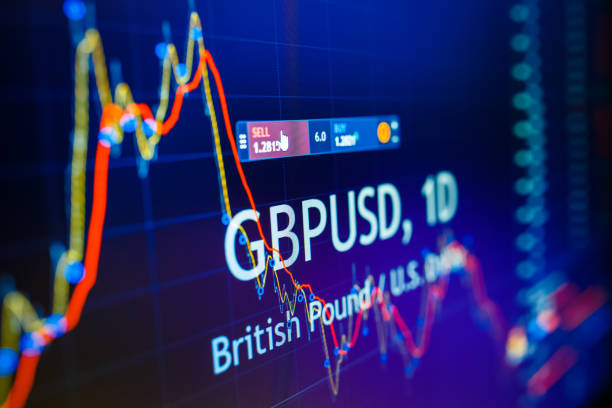GBPUSD drops to the 1.2370s after encountering a firewall at 1.2400. In a bumpy trading session, the pair broke two days of gains and fell below Thursday’s close of 1.2406, falling near 1.2370. The possibility of minor rate increases by the US Federal Reserve increased as a result of US inflation data. As a result, the pound is currently trading at 1.2372, down 0.27% from its initial price.
US core PCE declines and supports Fed’s slower rate increases
US stocks were neutral. The Core Personal Consumption Expenditure (PCE), the preferred inflation indicator of the US Federal Reserve (Fed), increased by 4.4% YoY in December, lower from 4.7% in November. This supports the Fed’s argument that future interest rate increases should be smaller during the remainder of the year. The Fed’s aim of 2% was well exceeded by the headline inflation rate of 5% YoY.
The US GDP for Q4 announced on Thursday could discourage officials from pausing the pace of rate increases, despite statistics showing that inflation is decreasing.
Meanwhile, the final reading of the University of Michigan (UoM) Consumer Sentiment for January increased by 64.9 points, exceeding the forecast of 64.6 points. The poll by the University of Michigan revealed that inflation forecasts had been revised, with predictions for one year rising to 3.9% and for five years rising to 2.9% from the initial 3.0%.
In the UK, according to a survey released on Tuesday, business output shrank at its sharpest rate in two years in January. In the meantime, on February 2 the Bank of England (BoE) is anticipated to increase rates by 50 basis points, bringing the Bank Rate to 4%. Although that would strengthen the Pound Sterling (GBP), rumors abound that it might be the final increase in the BoE’s tightening bias. Technical Picture
GBPUSB Analytics
Before central bank decisions next week, market activity would stay sideways after the GBP/USD failed to break below or above the weekly range. Since the Relative Strength Index (RSI) is aiming down, but in bearish zone, oscillators signal that buying pressure is moderating. As a result, the GBPUSD trading range for the coming Monday through Wednesday before the Fed meeting would likely be 1.2340/1.2430. Volatility tiers are portrayed as mostly unaltered by the Rate of Change (RoC).
1.2500 may be reached if the pair crosses over 1.2430, but first bulls must surpass 1.2450. On the other hand, the 1.2300 mark might play a role if the GBP/USD falls under 1.2340. If the duo breaks beneath, it may test the 20-day EMA, which is located at 1.2267.









